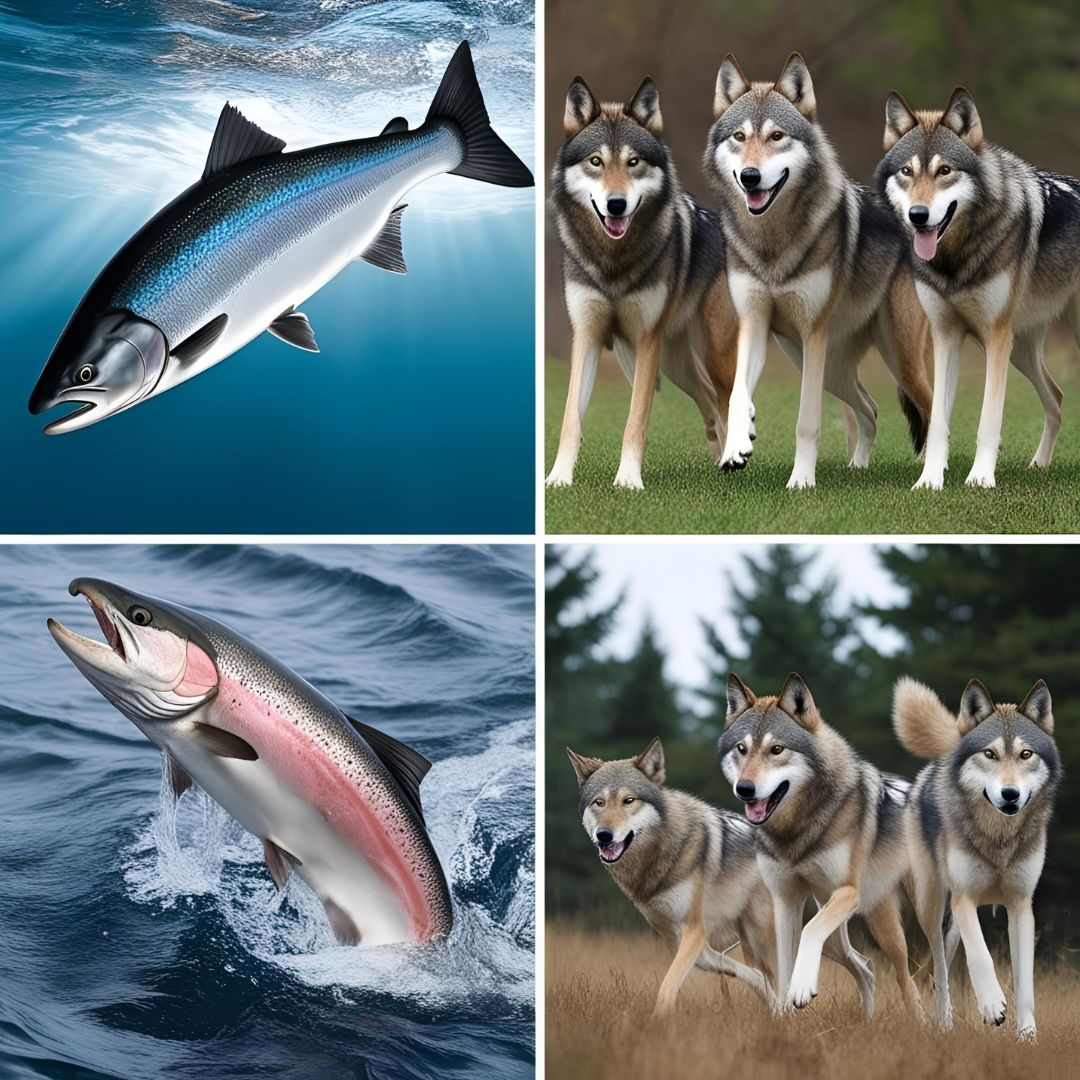Wildlife showcases fascinating behaviors that, at first glance, may seem purely instinctive. However, a closer look reveals highly elaborate strategies, often shaped by complex cognitive processes. When an animal escapes a predator, builds a shelter, or migrates for thousands of miles, it is executing more than just an automatic response. These behaviors reflect an interaction between biology, psychology, and environment. Understanding how different species develop survival behaviors helps expand our view of animal intelligence and the mechanisms that support life on Earth.
Instinct or Intelligence? Understanding the Difference
Many people assume that everything animals do is driven purely by instinct. While instinct certainly plays a major role, it doesn’t fully explain the complexity observed in nature. Some animals make decisions, learn from past experiences, and even adjust their strategies based on context. For instance, some wild cats change their hunting techniques depending on the type of prey, which indicates conscious adaptation—not just preprogrammed behavior. Recognizing this distinction is essential to properly interpreting animal survival actions.
The Logic of Migration: Far Beyond Instinct
Migration is one of nature’s most impressive phenomena. Every year, species like salmon, swallows, and monarch butterflies travel vast distances in search of food, favorable climates, or breeding grounds. These journeys require more than physical endurance—they demand navigation, spatial memory, and a sort of internal “map” built over a lifetime. Salmon, for example, are born in freshwater rivers, migrate to the ocean, and return years later to the exact location where they were born to reproduce. This involves using environmental cues like the Earth’s magnetic field and chemical signals in water. Migration, therefore, is a combination of instinct, learning, and advanced memory.
Defense Mechanisms: Psychology in Action
Self-defense is not only physical—it’s also psychological. Animals that use camouflage, mimicry, or distraction strategies show sophisticated behaviors involving anticipation and decision-making. A curious example is the opossum, which plays dead to avoid predators. This behavior, known as “thanatosis,” is not random: it’s triggered under extreme threat and may involve situational awareness. Likewise, squids and octopuses release ink to escape while changing color to confuse predators. These actions rely on perception, bodily control, and, in some cases, learned responses.
Hunting Strategies: Planning and Cognition
Hunting behavior requires more than strength or speed. Predators like wolves and dolphins hunt in groups, with coordinated strategies and defined roles. This implies communication, cooperation, and often, pre-planned actions. A pack of wolves may surround prey from multiple sides, while dolphins use bubble nets to trap fish. Even birds like crows and eagles display creativity by using tools or dropping stones to break shells. These behaviors challenge the notion that only humans can plan ahead or solve complex problems.
Feeding Behaviors: Intelligence at the Table
Feeding may seem like a basic need, but it hides layers of intelligence. Squirrels bury hundreds of nuts and remember where they hid them months later thanks to their spatial memory. Some monkeys wash their food before eating—a behavior learned by observing others in their group. Sea otters use rocks to crack open shellfish, sometimes storing their “tools” under their arms. These habits show that feeding involves decision-making and, often, socially transmitted culture.
Evolutionary Psychology of Survival Behaviors
It’s important to understand that these behaviors didn’t appear overnight. They are the result of thousands of years of natural selection, where only the most adaptable survived. Evolutionary psychology helps explain why certain behaviors persist and how they become increasingly efficient. An animal that avoids a certain plant after a bad experience with poisoning is using associative memory—a cognitive skill found in mammals, birds, and even fish. In this way, the brain becomes an ally of survival, processing information and adjusting behaviors based on past outcomes.
The Importance of Scientific Observation
With advancements in ethology and animal psychology, scientists are increasingly interested in observing animal behavior in the wild without interference. Hidden cameras, GPS collars, and long-term field studies have uncovered surprising insights into how animals think, learn, and adapt. This growing body of knowledge not only breaks stereotypes but also reinforces the need to preserve natural habitats so that these behaviors can continue to evolve.
A World of Diverse Intelligence
Survival in the animal kingdom is a true laboratory of sophisticated behaviors. Whether escaping a predator, planning a hunt, or migrating across continents, animals demonstrate a stunning range of cognitive skills. These actions, far from being mere reflexes, are often the result of intelligence shaped by necessity. By recognizing and studying these strategies, we create space to better understand the animal mind—and, perhaps, learn more about our own.





